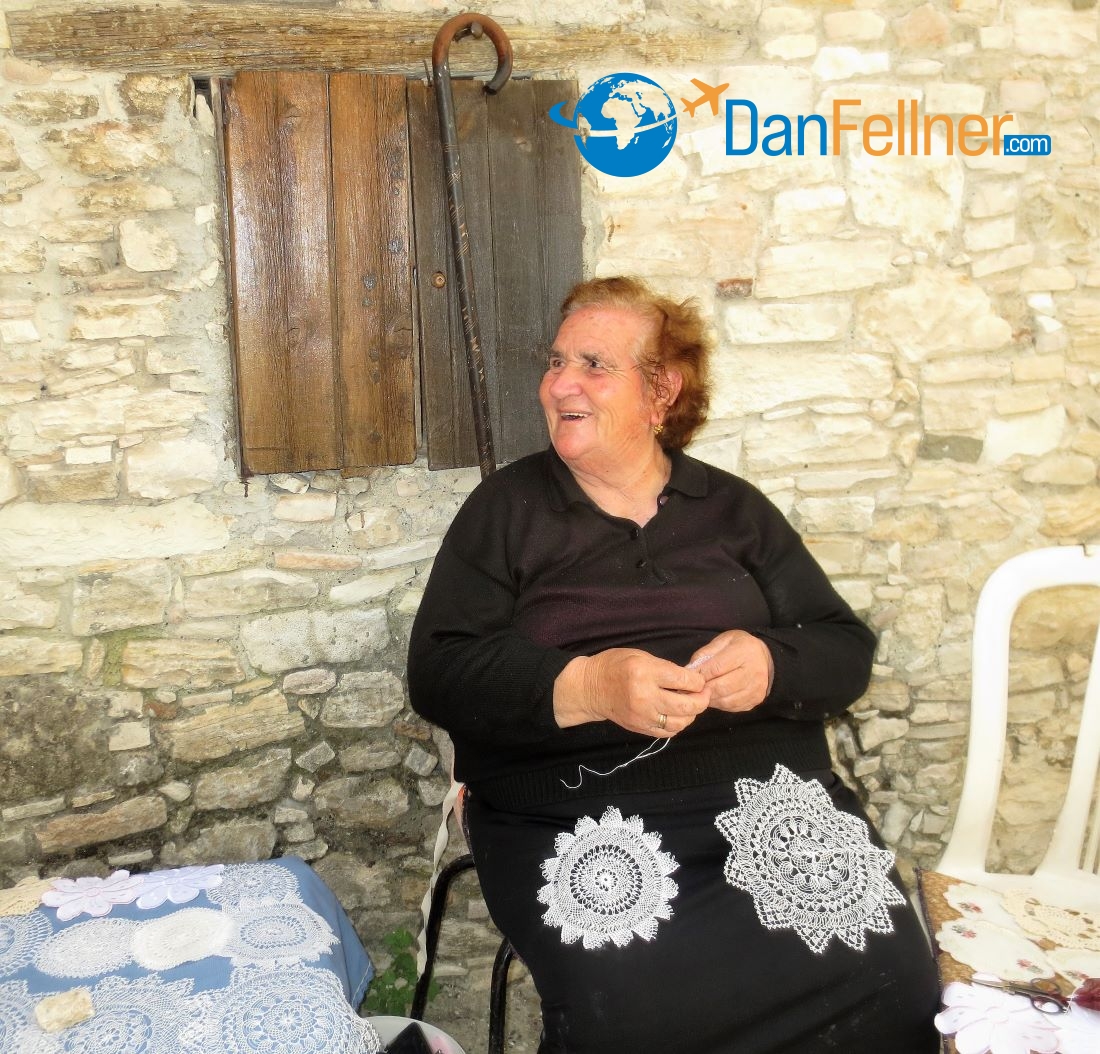Odd remnant of 1974 war off-limits to tourists
I could have been arrested for taking the picture above.
We had been warned by our Greek-Cypriot guide to stay away from the Turkish-controlled “Forbidden Zone,” a stretch of beach in the east-coast city of Famagusta in the so-called Turkish Republic of Northern Cyprus. Photos were strictly verboten. A sign on a barricade blocking the beach to visitors echoed the guide’s warning.

Fence blocking visitors from entering the “Forbidden Zone” at Famagusta, Cyprus.
I looked around and saw what appeared to be an abandoned guard tower. There were no Turkish police or soldiers in sight. So I quickly and surreptitiously snapped a picture through a crack in the barricade.
I wanted a memento of one of the eeriest and strangest beaches in the world.

The flags of Turkey (left) and the Turkish Republic of Northern Cyprus fly side-by-side at Famagusta.
Back in the 1960s and early ‘70s, Famagusta was one of the swankiest resort areas in the Mediterranean, hosting thousands of tourists from mostly northern European countries. At the time, it was a leading hub of the Cypriot tourist industry, with more than half of the island’s hotels. But in 1974, Turkish forces invaded Cyprus and bombed Famagusta, destroying many of the hotels and upscale villas.
It took Turkey just two days to occupy the city, with most of the local Greek-Cypriot population fleeing to other parts of the island. To this day, they have not been allowed to return to their homes and Cyprus remains a divided island. Greeks inhabit about 60 percent of the island, with Turks controlling the rest, including Famagusta.

A woman living in the Greek-controlled section of Cyprus. Greeks inhabit about 60 percent of the island.
To cross from the Greek side of Cyprus to the Turkish Republic of Northern Cyprus, you need to pass through immigration; about 1,000 U.N. peacekeepers are on hand to maintain the peace. The only country in the world that recognizes the Turkish Republic of Northern Cyprus is – you guessed it – Turkey.
Because the issue of the island’s sovereignty remains a stalemate, the hotels and restaurants overlooking the deserted beaches of Famagusta haven’t been rebuilt and remain lifeless, empty shells of their grandiose past.

The flags of Turkey (left) and the Turkish Republic of Northern Cyprus fly over the fortress of Famagusta on the Turkish-controlled side of the island.
That’s not to say, though, that there are no visitors coming to Famagusta. The city has an interesting old town surrounded by one of the best preserved forts in the Mediterranean. And for sunbathers, another stretch of white-sand beach is now open for swimming.
But the forbidden area remains a ghost town – a Mediterranean version of what had once been a thriving old-West gold-mining town that dried up and blew away like a tumbleweed when the gold ran dry.
Every now and then there are discussions about resolving the conflict. But none of the locals I spoke with – on both the Greek and Turkish sides of the island — seemed optimistic that anything will happen anytime soon.
In the meantime, the beaches of Famagusta remain a curious remnant from a war more than 40 years ago that much of the rest of the world has long forgotten.

A village on the Greek-controlled side of Cyprus.
© Dan Fellner 2016



